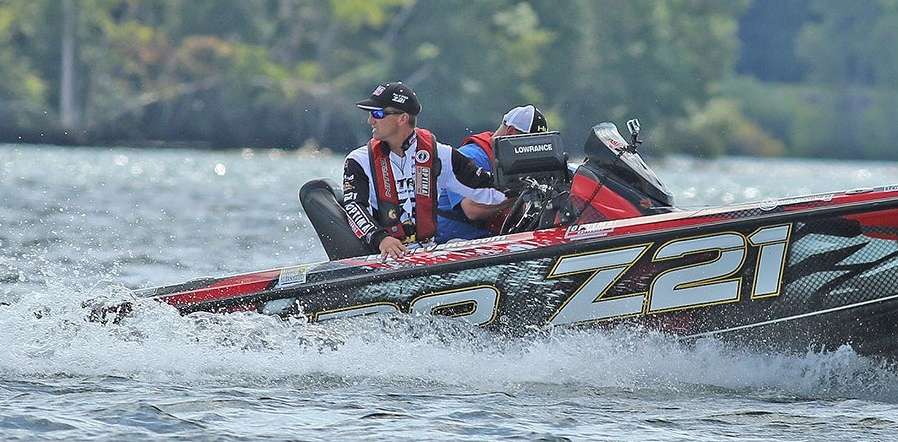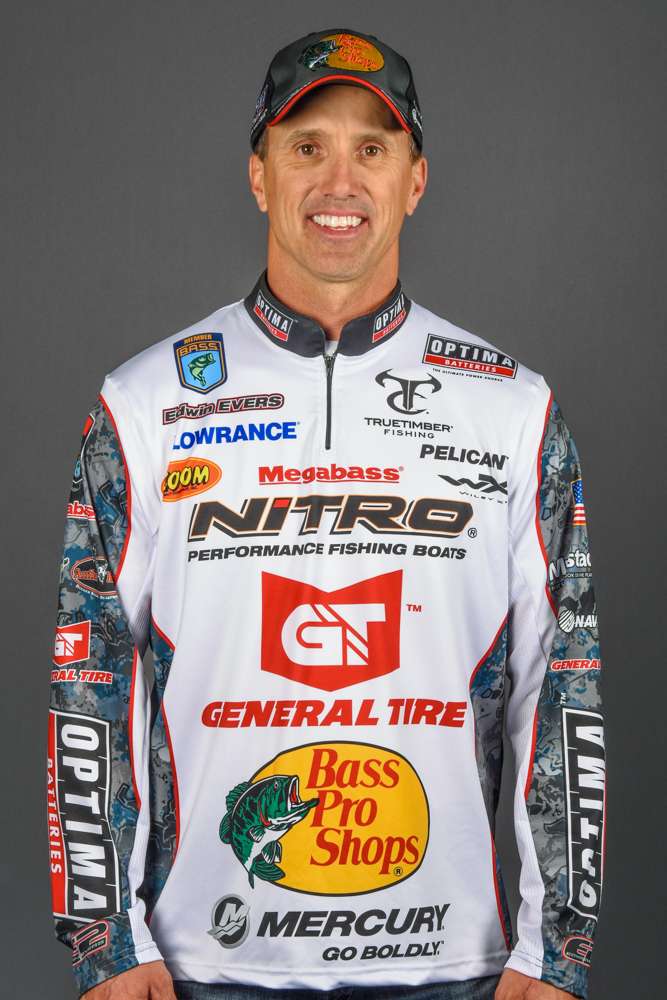
Fall is one of my favorite times for bass fishing — the others, in case you’re wondering, are spring, summer and winter. But it sometimes seems that a lot has changed with fall fishing in recent years.
Bass fishing can be a trendy sport. Anglers are quick to jump on the new thing long before the old thing stops working. And sometimes we jump on the new thing when the old thing is better.
A couple of old baits that have never stopped working in the fall are the spinnerbait and the jerkbait. These lure types are classics, and they’ll catch fish until the last angler stops throwing them. For some reason, though, they don’t seem as popular as they were a decade ago.
They’re still at the top of my fall fishing list because they catch fish — lots of them and big ones … especially in the fall.
At this time of year, there are plenty of bass suspended out on the main lake relating to big balls of bait. The saying used to be that you could find structure without bass, but you’d never find bass without structure. Well, a lot of these bass schools are treating schools of baitfish like structure. They suspend near the bait and are nowhere near the bottom or the usual kinds of structure, like channels or points.
To catch these fish, I use spinnerbaits and jerkbaits.
My spinnerbait of choice for this pattern is a 1/2-ounce War Eagle with tandem willowleaf blades (one gold and one silver) and a white skirt (I’ll go to a translucent skirt if the water’s really clear). I like a white Zoom Speed Worm or Speed Craw as a trailer.
A big key to this pattern is retrieve speed. It’s important to keep the spinnerbait down in the water column by slow rolling it. A low gear ratio reel like the 5.2:1 Bass Pro Shops Johnny Morris Signature Series Titanium 8 really helps. It only takes up 22 inches of line per turn of the handle, so it forces me to slow down and keep the bait in the strike zone.
For this pattern, I like 20-pound-test Bass Pro Shops XPS KVD Signature Series 100% Fluorocarbon line. It might seem heavy, but it’s nearly invisible underwater, and the extra strength comes in handy on big fish.
My rod of choice is a 7-foot Bass Pro Shops Johnny Morris CarbonLite casting rod (medium-heavy). If the fish are deep and I need a heavier (3/4-ounce) spinnerbait, I’ll scale up to the 7-foot-3 heavy action CarbonLite rod.
At this time of year, I’m looking for balls of bait near the surface and casting to them. If it’s fairly calm, you can see the ripples they create on the surface. Main lake points are a great place to look, but I also find them around boat docks and the cables that hold docks in place. These are high-percentage spots for this pattern.
Just cast the spinnerbait past the ripples created by the baitfish and slow roll it beneath the school. If there are bass there, you should find out about them pretty quickly.
But if the water’s really clear, you might want to try a jerkbait on these same fish. My favorite is the Megabass Ito Vision 110 in bone or a shad pattern. It will get below the baitfish and wake up the bass. It’s subtler than the spinnerbait — less flash and less water displacement — and you can fish it a lot slower, if that’s what the bass want.
I fish it on 10- or 12-pound Bass Pro Shops XPS KVD Signature Series 100% Fluorocarbon and the same Titanium 8 reel, but this time I like the faster model — 8.1:1. I also switch to a 7-foot medium action CarbonLite rod with a fast tip. This combo is just right for making long, accurate casts with a jerkbait and for keeping the bass hooked up when they strike.
A real key to this pattern is simply sticking with it. At this time of year, you can fish and fish and fish with little to show for it. Then, all of a sudden, you’ll get a lot of bites in rapid succession. Maybe it’s because you changed location. Maybe the bass finally got active. Either way, you won’t catch them unless you grind it out.
Once you find ‘em with this pattern, you really find ‘em.

